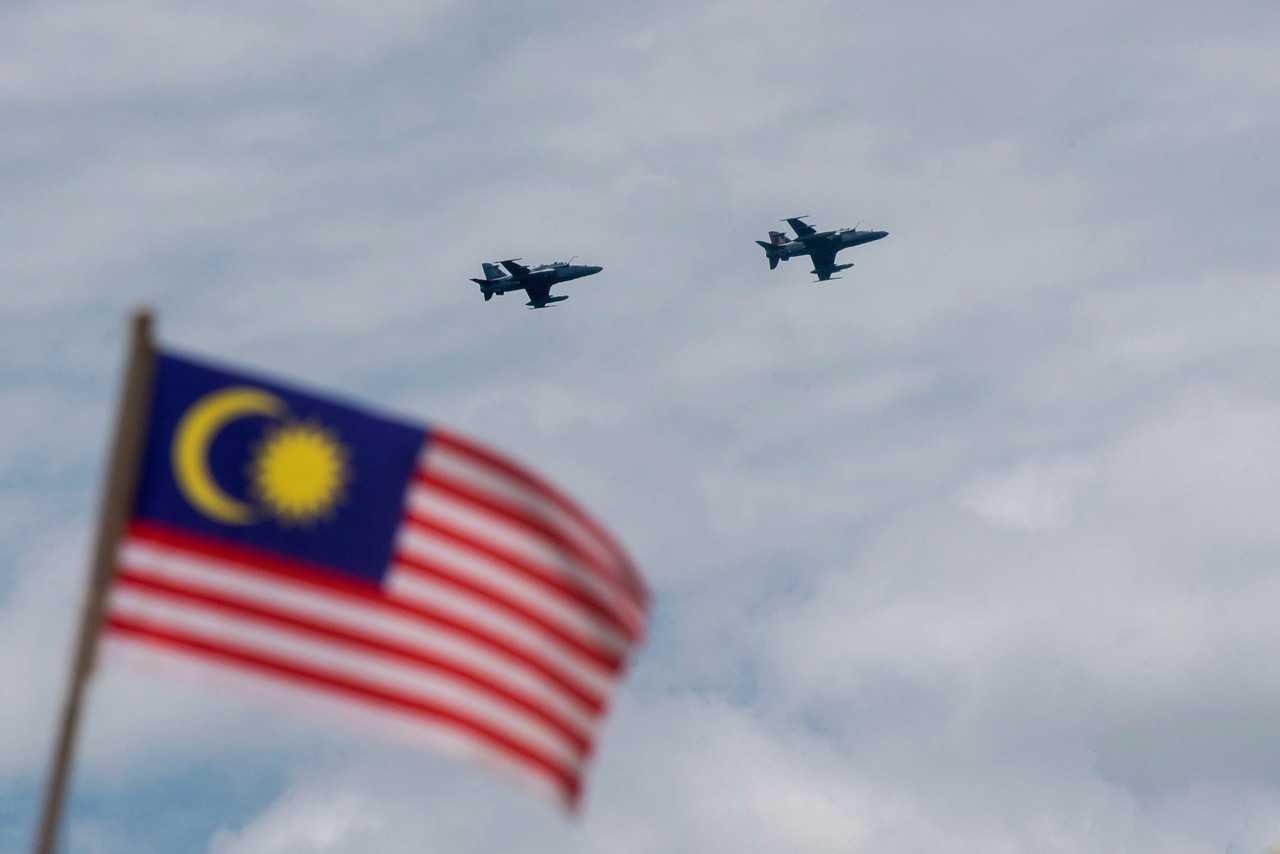The missing element in Malaysia's defence industry
While the local defence industry has been around for decades, it lags behind those of other countries such as Singapore and Indonesia.
Just In
Even as developments in the littoral combat ship (LCS) scandal continue to hog the limelight, questions have turned inward towards Malaysia's own defence industry and why it appears to be lagging behind those of neighbouring countries such as Singapore and Indonesia.
The LCS scandal has been the talk of the town ever since the Public Accounts Committee (PAC) revealed that RM9 billion had been set aside for the project but none of the six ships had been completed according to schedule.
The first ship should have been completed in 2019 but Defence Minister Hishammuddin Hussein recently said that it would likely take another one or two years.
Malaysia's defence industry began decades ago: in the 1970s, for example, it helped develop the Jerung-class fast attack craft through a joint venture with a local company using a German design.
But while countries like Indonesia have progressed to exporting light armoured vehicles to the Philippines, Malaysia appears to remain some distance behind.
Defence analyst Zaki Salleh said Malaysia's defence industry, such as it is, only involves the assembly process and the production of supplied components.
"The main and critical components are still imported, even if the asset in question is built in the country," he said.
"Take, for example, the engine parts in sea and land assets. This is not effective in terms of cost per unit because there is no economy of scale."
For Zaki, Malaysia has plans and policies but has yet to successfully implement any of them.
While efforts exist to promote local companies, a number of them in turn become agents or intermediaries to foreign companies.
The government has also spent billions of ringgit on the blueprints for assets such as the Adnan combat vehicle, the Pendekar tank, and the Gempita armored vehicle – but development on the local scale ends once the contract is fulfilled.
The industry also appears disinclined to build or develop new inventions, let alone compete with foreign markets.
"End users like the army and navy have more faith in equipment that is tried and true," Zaki added. "They are not disposed to taking risks."
In 2019, the Pakatan Harapan government issued a defence white paper covering investments, capacity and the local defence industry itself.
The previous Barisan Nasional government meanwhile had its National Defence Policy.
For defence analyst Muhammad Fuad Mat Noor, it is the variable intervention efforts on the part of the administration that hinder the development of the defence ministry.
"When we developed the new generation patrol vessel (NGPV), we bought everything including the design and the plan," Fuad said.
"When we wanted to build a new ship, we had to buy a new plan. What happened to the first plan? Why wasn't it developed?"
He was referring to the project to develop 27 NGPVs about two decades ago, of which only six were completed.
Fuad, who is a security consultant to several government agencies, said the defence industry which is fully controlled by the government should not have to deal with such problems as there is no open competition.
Boustead Naval Shipyard (BNS) and SME Ordnance (SMEO), for example, have a monopoly in terms of government contracts in the industry.
But like BNS, Fuad said, SMEO was struggling with the supply of ammunition to end users such as the police and armed forces.
He added that the country's will for research and development is not encouraging.
"We had a programme to develop an unmanned aerial vehicle (UAV) at about the same time that Turkey was developing its own UAV programme," he said.
"The development would, of course, take a long time to bear fruit, but the end users wanted more sophisticated equipment.
"In the end, we cancelled the programme and bought another one, while Turkey went on to develop its UAV programme and became a bestseller in the market."
Now, Turkey is even lobbying Malaysia for the procurement of its Anka UAV, which was one of the entries at the 2019 Langkawi International Maritime and Aerospace Exhibition.
On the home front, some local companies produced prototypes of pistols and rifles, including the Malinov and Vista Berapi. In the end, though, none of them materialised.
"We are good at paperwork and forming committees," Fuad said. "But we lack determination and accountability."
Zaki meanwhile suggested that the government complete the two LCS which are more than halfway ready.
With the help of the original producer from France, they might be completed in one or two more years, he said, adding however that the remaining four should be stopped in order to prevent losses.
"Meanwhile, some NGPV ships have to be upgraded with weapons, especially missiles," he said.
"This is important because these are big ships and can be used for long-distance patrols. The NGPV is not a frigate, but its original concept was as a weapons platform."
Other options include the purchase of used warships for the primary necessity of patrol exercises.
The government could also explore the construction of other warships at a lower cost which can be quickly completed.
"LMS type ships (coastal mission ships) are the best option because these ships are suitable for countries that have a limited budget but must have a good weapon system.
"These need to be built abroad," he said.
Subscribe to our newsletter
To be updated with all the latest news and analyses daily.
Most Read
No articles found.
